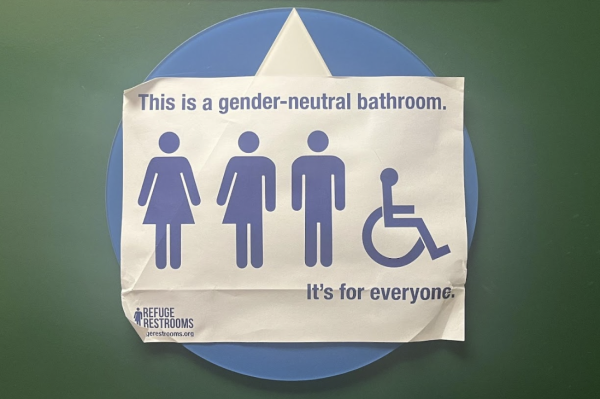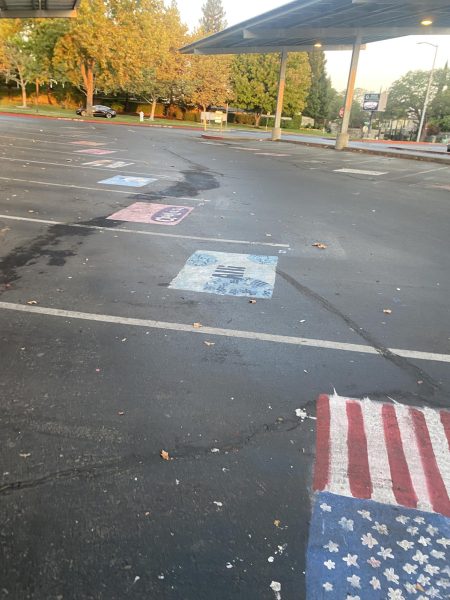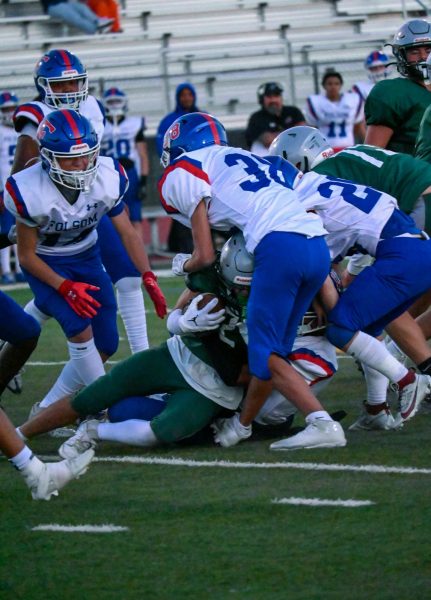How to avoid misinformation on social media
As technology becomes more widespread, misinformation and disinformation have become dire consequences.

Many people often use various social media outlets as their primary source for information.
Social media has widened the spectrum of how fast a new story can travel, and especially in an election year, social media has been flooded with political stories, propaganda and false information.
Many people are having a hard time being able to decipher what is trustworthy and what isn’t. A huge role in that decision making process is confirmation bias, or the tendency to search for information that you already believe. It is a subconscious choice that affects both the creation of misinformation as well as the spread. Many times false information is posted with knowledge that it is fake, but the poster hopes to spread this message to others to confirm another’s bias or opinion.
“On occasion, I encounter misinformation or disinformation, especially on Facebook, more from ‘friend’ posts than ads,” the Roseville Joint Union High School District librarian Lauren Zydbel said. “I don’t (click) on a lot of click bait, and I block as much as I can from advertisers so I don’t get hit with a lot of garbage. But folks I know will sometimes post info that is sketchy, questionable or just plain false. It’s not intentional. Usually these folks have seen a story or photo and they pass it along, thinking that it is true. There are many who are quick to believe anything they see online. Sometimes they are passionate about their beliefs.”
Many believe that the social media platform should take this matter into their own hands and censor fake stories and posts, but large companies like Facebook have a very strict “hands off policy” to ensure they do not get sued for violating their users’ first amendment right. Because of this, it is up to the people to not get sucked into the rabbit hole of lies.
Social platforms tend to run algorithms to amplify our worst instincts just based on popularity or likes on a post. This leads to impressionable people only reading the large headline and continuing to scroll through their feed believing it’s true without researching the topic more.
Recently, Instagram released a statement regarding its community guidelines pertaining to misinformation and disinformation: “We understand that people often share this kind of content to condemn, raise awareness or educate. If you do share content for these reasons, we encourage you to caption your photo with a warning about graphic violence.”
Instagram and Facebook are evolving their platforms in the sense that it will be governed by the people. Individuals are able to report a post for false information that leads to the post not being picked up by the algorithm and will no longer be promoted on explore or discover pages. However, it does not take down the post.
“With the election, you read a lot of big headlines about a candidate’s dirty past,” senior Ryan Barton said. “But when I go to fact check it on sites that I trust and no stories even related come up, then I know that it is false.”
The most important aspect of deciphering fake information from real news is to have individual responsibility in researching for yourself. Don’t believe everything that you read, and do not rely on others’ research to form an opinion about a controversial issue.
Matt is a senior, and this is his first year on the Gazette staff.








![A group photo of all students who came to STN at the first Cinefest of STN were they showed films that other schools did for some of the competitions.
"[my favorite moment was] crazy 8 or cinefest or socializing." Elliana Montez a freshman at GBHS](https://granitebaytoday.org/wp-content/uploads/2025/03/CgHlLzxuCLXTL8GUeOFSXTK2JFtSMxUFrH6bnLcM-600x450.jpg)




